GNR J. P. BROWN
Location: All Saints Church, Prittlewell, Southend on Sea, Essex, SS2 5PA
Details on cross:
G.R.U.
105273 GNR J. P. BROWN
95TH SIEGE BTY R.G.A.
3RD AUGUST 1917
Text type (e.g. hand-written, GRU tags, carved): GRU tags
Cross dimensions (millimetres please)
Shaft Height: 1166
Cross beam width: 396
Width of wood: 66 (shaft), 68 (crossbeam)
Thickness or depth: 22 (shaft), 25 (crossbeam)
Other information
Mounting to wall: Appears to be a hook of some sort
Evidence of use in field (earth marking, cracking, staining, shrinkage): Possible evidence of soil remains/stains on shaft
Finish (varnish, paint, oiled, unfinished etc): unfinished
Condition (cracked, paint peeling, woodwork, damage etc): Upper portion of shaft missing
Other information, notes and observations:
The cross is well cared for by the church and forms part of an impressive memorial display. As well as the cross (which is hung in what appears to be a purpose built niche) there are panels from the original war memorial that was demolished in a car accident. The vicar told us that the church intends to hold various events this year to commemorate the anniversary of the end of the war.
The CWGC website states that Percy John Brown died on 3 August 1917 whilst serving with 95 Siege Battery of the Royal Garrison Artillery. Note that the CWGC details differ from the GRU tags that name him as J. P. Brown.
He was the husband of Elizabeth Maud Brown of 1 Lambert Street, Southend-on-Sea and was a ‘native of Essex’.
He is buried in Vlamertinghe New Military Cemetery in Belgium. The cemetery holds the graves of 8 other members of the 95 Siege Battery who died on that day (including two cousins from Orkney) and one further grave of a gunner who died of wounds on 4 August 1917. There are two further members of the battery who died on 3 August named on the Menin Gate.
Various on-line forums and internet research suggest that the battery was positioned near Ypres possibly in the grounds of the ‘Goldfish’ Chateau Rozelaar a few kilometres to the west. The battery was equipped with 9.2 inch howitzers (an example of which can be seen in the Imperial War Museum in London). The fact that the battery suffered such heavy casualties suggests that there was either an accident with one of the guns, or more likely the battery received a direct hit from a German shell. Unfortunately the Battery War Diary for this date has been lost.
Survey and photographs courtesy of Janet & Mark Ratcliff
Date of survey: 7 January 2018
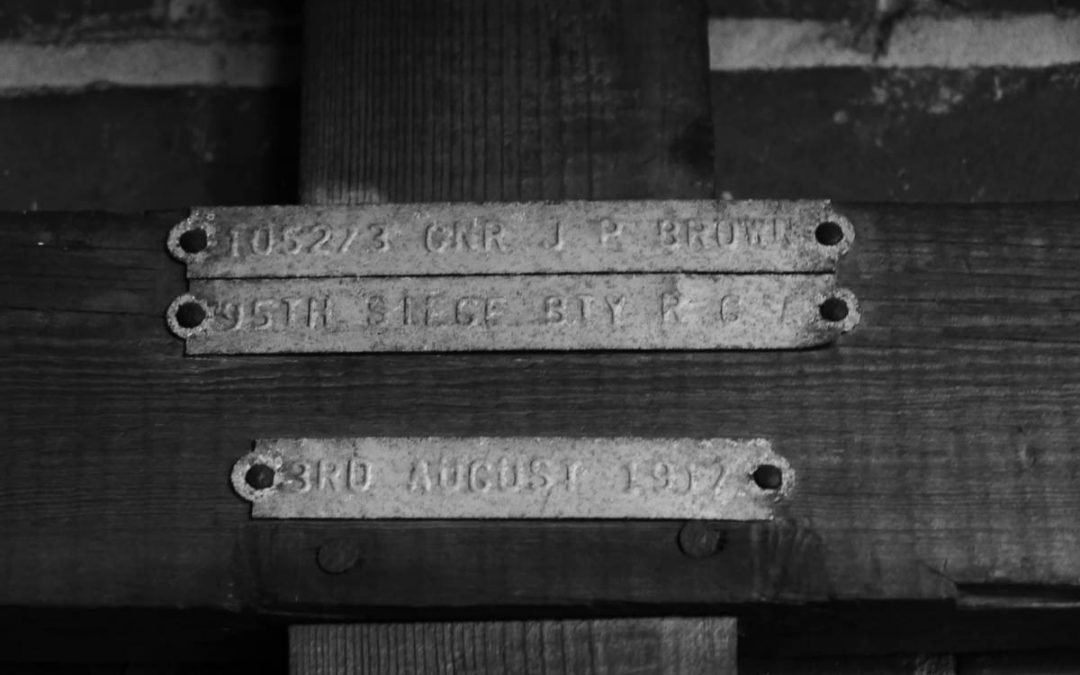
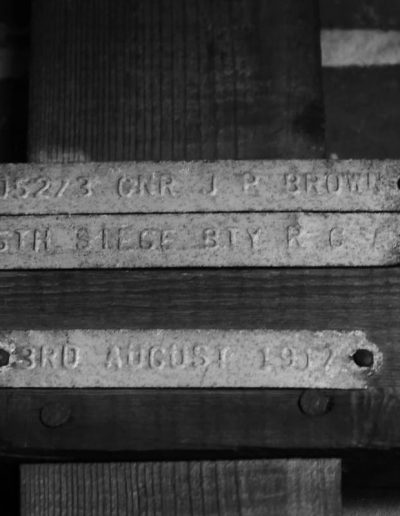
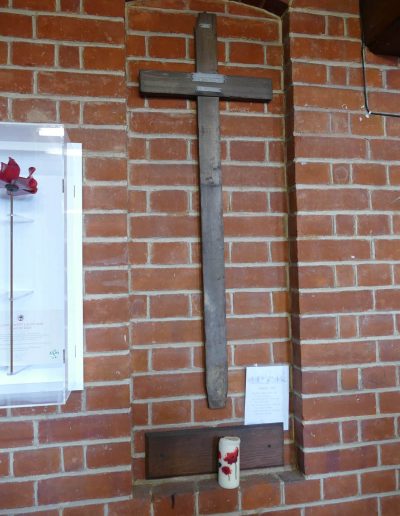
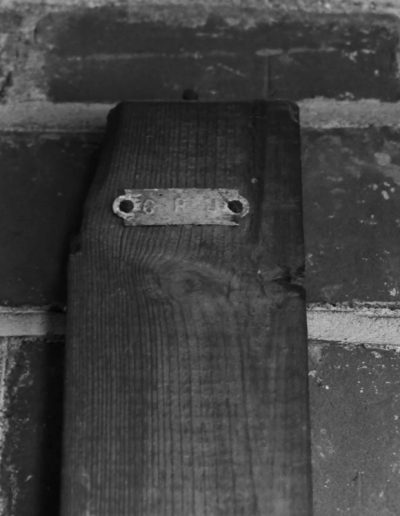
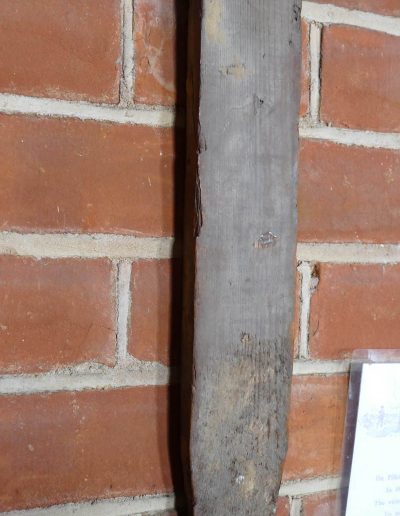
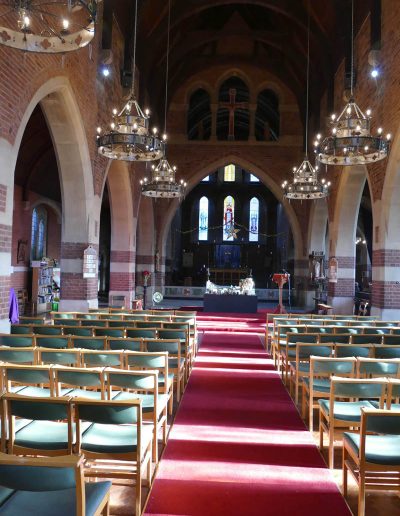
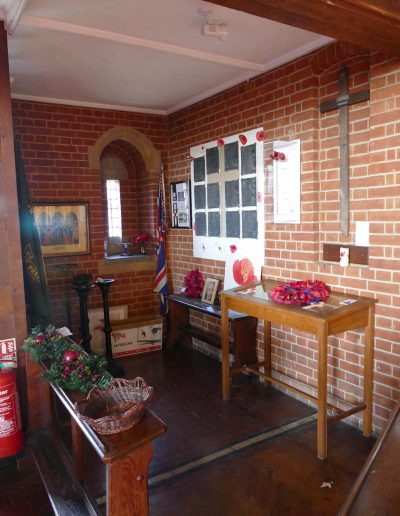
This is not Prittlewell, this should be described as Southend only.